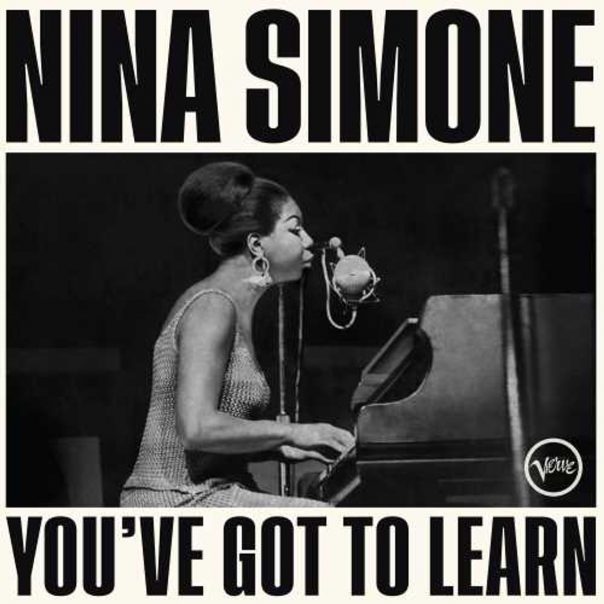ALBUM REVIEW: Nina Simone demonstrates total mastery on ‘You’ve Got To Learn’

Nina Simone, “You’ve Got to Learn.”
In February, vocalist Nina Simone would have turned 90 years old. The jazz legend, who passed away in 2003, released records for decades. As part of the year-long celebration of Simone, Verve Records is releasing a newly unearthed six-song set Simone performed at the Newport Jazz Festival in July 1966.
You’ve Got To Learn
Nina Simone
Verve, July 21
9/10
Get the album on Amazon Music.
The resulting album, You’ve Got To Learn, is both lush and haunting. Millennial listeners will be tempted to compare Simone’s sultry vocals to Fiona Apple, but of course, the reality is that Apple and so many other modern singers were influenced by Simone.
On the opening title track, Simone offers up a world-weary pep talk, singing, “You’ve got to learn to show a happy face/ Although you’re full of misery/ You mustn’t show a trace of sadness/ Never look for sympathy.”
The sparse musical arrangement of piano, guitar, drums and bass functions like a low flame on the stove, heating Simone’s vocals into warm syrup. As the song builds to a musical crescendo, she delivers the final verse.
“You’ve got to learn to be much stronger/ At times your head must rule your heart/ You’ve got to learn from hard experience/ And listen to advice/ And sometimes pay the price/ And learn to live with a broken heart,” she sings.
Her voice is heavy with the pain and hope of history.
“Now we’re going to do a gutbucket blues,” she tells her audience while introducing “Blues For Mama.” “It is so because of its background. There’s an old porch, and there’s an old man, and there’s a beat-up guitar and a broken bottle. There are flies all around, there is molasses all around, and he is composing his tune on a hot afternoon. … It will appeal to a certain type of women who has had this kind of experience.”
The song’s driving piano is both urgent and graceful. Simone’s voice will raise the hairs on the back of your neck.
The songs are so good; it’s kind of shocking to hear the audience applaud in places, or cheer for Simone’s cover of George Gershwin’s “I Loves You, Porgy.” It’s hard to imagine any audience was lucky enough to witness this live.
By the end of the set, her voice is so full and powerful, the band is barely playing. Only occasional piano chords accompany Nina Simone on the last song, “Music for Lovers,” as she sings, “There’s music for lovers/ In the hush-a-bye dreams/ Of you child/ When the whole world discovers/ That love is the only thing worthwhile/ There’ll be music for everyone/ And the whole world will smile.”
While the album’s live sound is a little rougher than a studio recording, the moments when Nina Simone pushes her vocal mic to the edge of distortion have a sublime beauty all their own.
Follow writer David Gill at Twitter.com/saxum_paternus.
